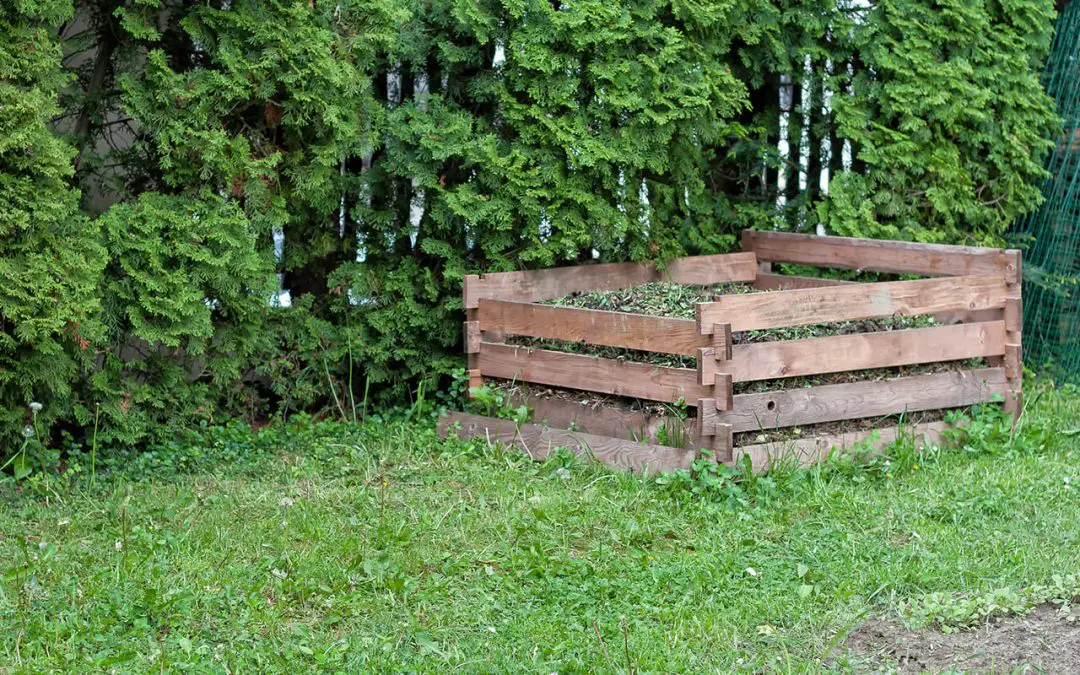In a world where sustainability is becoming increasingly crucial, one simple and effective way to contribute is by composting at home. Composting turns kitchen and yard waste into nutrient-rich soil. In this guide, we’ll explore the essentials of home composting, from what to compost and how to build a compost pit to the benefits of using compost in your garden.
The Best Materials for Home Composting
Composting is a natural process that decomposes materials to make a nutrient-rich substance with many applications. Only certain materials are suitable for composting. The key is to create a balance of “green”, nitrogen-rich materials and “brown”, carbon-rich materials.
“Green” materials include kitchen scraps like fruit and vegetable peels, coffee grounds, and eggshells. Yard waste such as grass clippings and fresh leaves also fall into this category. “Brown” materials consist of dry leaves, straw, newspaper, and cardboard.
Building a Compost Pit
Creating a compost pit is a straightforward process that doesn’t require sophisticated tools. Follow these simple steps to set up your own composting system:
Select a Location: Choose a spot in your backyard that receives a good balance of sunlight and shade. Ensure it is easily accessible for regular turning and monitoring.
Build a Bin or Pile: Use recycled materials like wooden pallets, chicken wire, or even repurpose an old garbage bin to contain your compost. Make sure the container has adequate aeration holes for ventilation.
Layering: Start with a layer of brown materials at the bottom, followed by a layer of green materials. Continue alternating layers, ensuring a good mix of both. Aim for a balance of about 3 parts brown to 1 part green.
Turning the Pile: Regularly turn the compost with a pitchfork or shovel to aerate it. This helps speed up the decomposition process and prevents the pile from becoming compacted.
Maintain Moisture: Keep the compost pile moist but not waterlogged. If it’s too dry, add water; if it’s too wet, add more brown materials.
Home Composting and its Uses
Once your compost is ready, you’ll be amazed at its transformative power for your garden. Here are some useful ways to use your homegrown compost:
Soil Enrichment: Mix compost into your garden soil to improve its structure and fertility. This enhances water retention and provides essential nutrients for plants.
Mulching: Spread a layer of compost around your plants to suppress weeds, conserve moisture, and regulate soil temperature.
Potting Mix: Create a nutrient-packed potting mix by blending compost with soil for container gardening.
Fertilizer: Dilute compost with water to create a nutrient-rich liquid fertilizer that can be used to feed your plants.
Compost Tea: Steep compost in water to create compost tea, a liquid fertilizer that can be applied directly to plant foliage.
Home composting is a simple yet powerful way to reduce waste and enrich your garden with nutrient-dense soil. Start composting today and witness the positive impact it can have on your garden and the planet.
Frequently Asked Questions
Can I compost kitchen scraps like meat and dairy?
Avoid composting meat, dairy, and oily kitchen scraps as they can attract pests and slow down the composting process. Stick to vegetable scraps, fruit peels, and coffee grounds for a healthier compost pile.
How long does it take for compost to be ready?
The composting process typically takes anywhere from a few weeks to several months, depending on factors like the size of the pile, the materials used, and how often it’s turned. Regularly turning the compost and maintaining the right balance of green and brown materials will expedite the process.
Can I compost in an apartment?
Absolutely! Consider using a small indoor compost bin for kitchen scraps. Remember to aerate and turn the compost regularly, even on a smaller scale, to prevent unpleasant odors.
Precision Home Inspectors provides inspection services to Hampton Roads in Virginia. Contact us to book an appointment.

